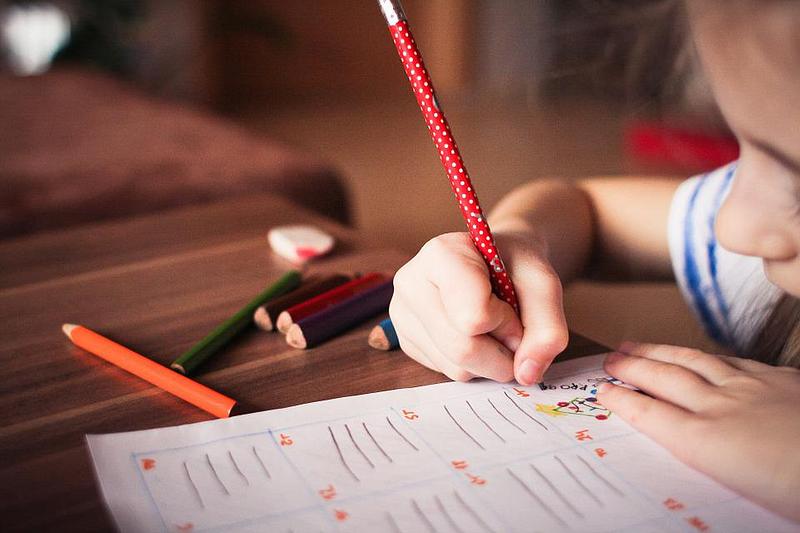Literacy, or the capacity to learn and write, is any of the greatest gifts you can give a person. Though the skills are many and take some time and practice to perfect, they will open upwards a great number of opportunities over a very long time. These opportunities are able to enhance the lives of the next generation, greatly affecting and increasing neighborhoods. Reading and writing also bring happiness to many people. If you would like to encourage literacy skills in the lives of men and women around you, here are some helpful ideas.
Here are 3 ways of teaching writing skills to students:
Educate letters:
Teaching the fundamentals of words (what a page is, what each letter is called, and exactly how it sounds) is to try and should commence if you need to educate literacy effectively. No matter age stage or language, literacy must commence with a comprehension of words. Should you be teaching a language with a non-roman alphabet, the same principle can be applied: teach the character types first.
- Educate your students on how to realize the several styles of the words. They will be able to easily differentiate between pages that look the same or words that sound the same.
- Sizing variation is an important part of learning to write letters. Teach your students about funds letters and lowercase letters and when to use them. If teaching a non-roman alphabet, this will be less problem.
- Directionality is another important skill. Your students should know very well what way letters face and how to properly place them next to the other person. Regarding roman lettering, this will be right to left and horizontal. For other languages, it can be left to right or vertical, according to the region.
- Space is an important skill as well. Teach your students how to place space among words, sentences, paragraphs, and so forth.
Teach phonics:
“There is nothing to writing. All you do is sit down at a typewriter and bleed,” said Ernest Hemingway, an American novelist, short-story writer, and journalist.
Diaphonic phonetics is all about learning what noise letters make, how to distinguish those noises, as well as how to work with them. Developing your students’ knowledge of diaphonic phonetics will be key to teaching these to read and write.
- Teach your students to listen. They should be able to listen to speech and understand that those words are composed of individual sounds.
- Once they understand the idea of those sounds, teach them to identify the sounds. For example, your students will need to be in a position to hear an “aaaaahhhh” sound and know that it must be written with an “a”.
- When they are comfortable identifying noises, you will also need to educate them on how to manipulate sounds within words. They should be in a position to understand when words vocally mimic each other or when one word out of a set starts or ends with a different noise delete word. They will be able to think of their own illustrations as well.
Educate the forming of words:
Once your students have a solid understanding of letters and their associated sounds, you can move on to using those letters and noises to form words. Read to them frequently at this point, as well as write lots of illustrations for them to take a look at. This will give them for you to see how words are formed.
- A part of teaching word development is teaching your students the variation between vowels and consonants. Teach them which letters are which and describe the necessity for vowels within a word. Teach the basic principles regarding where short vowels can go. For instance, it is very rare for the only vowel, in short, to go at the actual conclusion of the term but quite common to get the second letter or sound of a word to be a vowel.
Felicity Stone Toronto is one of the well-known writers who has been helping young people to improve their writing skills. Felicity Stone Toronto has dedicated her volunteer efforts to facilitating writing workshops for underserved and underprivileged populations, including inmates, patients in addiction and recovery centers, the transgender community, and at-risk youth.


